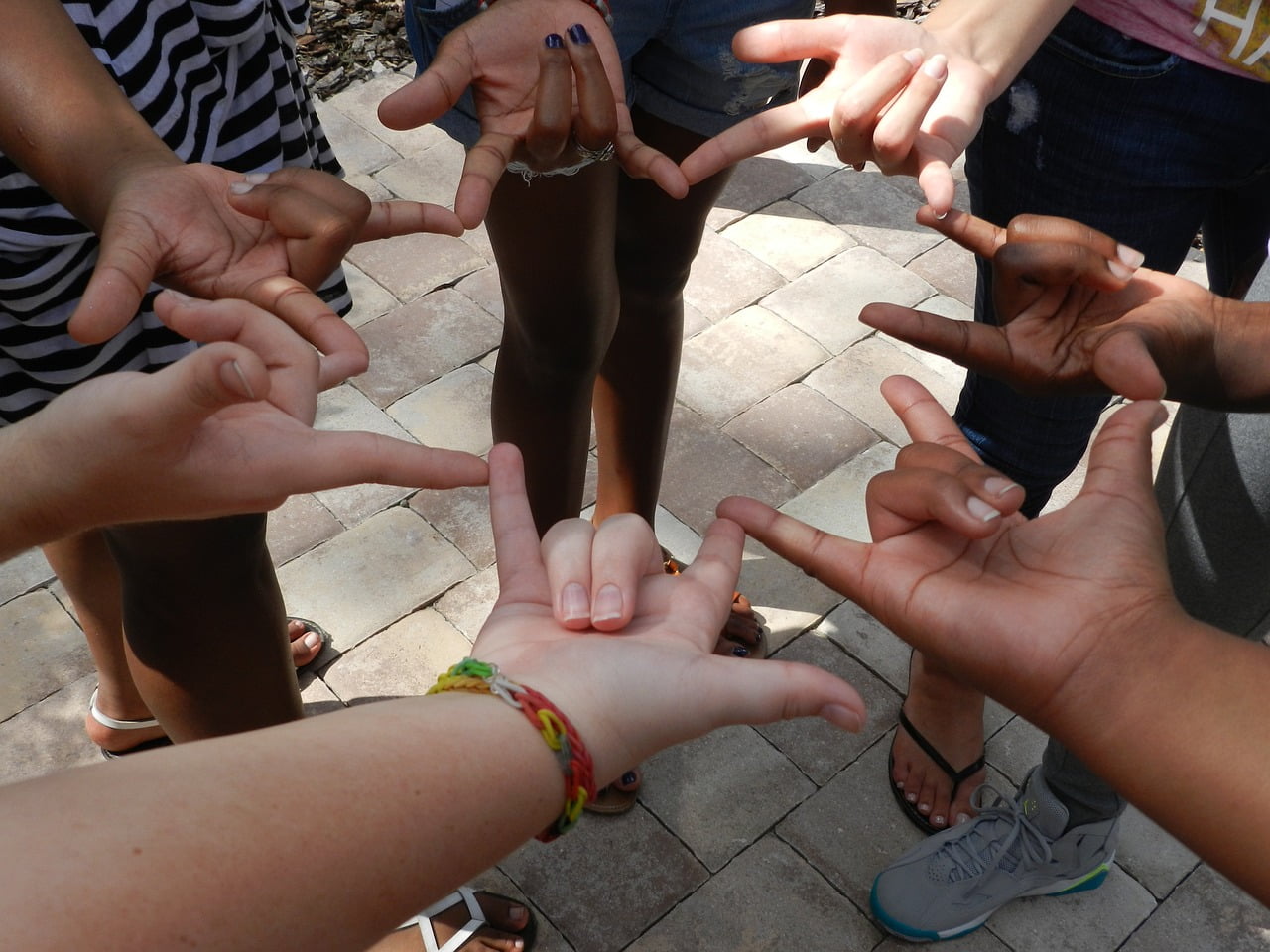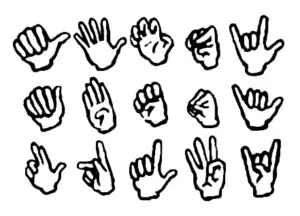American Sign Language (ASL) is a rich and expressive visual language that utilizes a range of gestures to convey meaning, encompassing not only hand movements but also facial expressions and body language. Understanding the diverse types of gestures in ASL unveils the depth and complexity of this vibrant language.
Manual Signs: Handshapes and Movements
Handshapes form the foundation of ASL gestures, representing various concepts, objects, or actions. ASL incorporates an extensive repertoire of handshapes, such as the “1” handshape for the number one or “C” handshape for the letter “C.” Additionally, movements, orientations, and locations of the hands contribute to the nuances and meanings of signs in ASL.
Non-Manual Components: Facial Expressions and Body Language
Facial expressions and body movements are integral components of ASL gestures, adding depth and context to communication. Facial expressions convey grammatical information, emotions, and intensity. For instance, raising eyebrows can turn a statement into a question, while frowning may indicate emphasis or frustration. Body language, including posture and head movements, also contributes to the overall meaning of signs in ASL.
Classifier Signs: Depicting Objects and Actions
Classifiers are a unique aspect of ASL that depict objects, people, or actions using specific handshapes and movements. These signs create visual representations, enabling signers to convey detailed descriptions or narratives. For example, a classifier might represent the shape of an object, the movement of a vehicle, or the characteristics of a person.
Iconic Signs: Embodying Visual Representations
ASL includes iconic signs that visually resemble the concept they represent. These signs mimic or imitate the characteristics or actions of objects or actions. For instance, the sign for “bird” might involve fluttering fingers near the mouth to signify a bird’s beak.
Metaphorical Signs: Abstract Concepts in Gesture Form
Metaphorical signs in ASL express abstract concepts through symbolic gestures. These signs represent ideas or emotions not directly tied to physical objects. For example, the sign for “understand” might involve grasping an imaginary concept in the mind.
Pragmatic Gestures: Cultural and Contextual Gestures
Pragmatic gestures in ASL encompass cultural or contextual gestures that convey information beyond direct linguistic content. These include nods, shakes of the head, shrugs, or gestures like pointing or waving. These gestures aid in emphasizing or clarifying information in conversations.
Conclusion: The Multifaceted Nature of ASL Gestures
ASL gestures encompass a diverse array of forms and functions, each contributing to the rich tapestry of this visual language. The combination of manual signs, non-manual components, classifiers, iconic, metaphorical, and pragmatic gestures creates a complex and nuanced means of communication.
Understanding the varied types of gestures in ASL not only facilitates effective communication but also fosters a deeper appreciation for the cultural, linguistic, and expressive elements embedded within this vibrant language. Embracing the intricacies of ASL gestures contributes to creating a more inclusive and diverse communicative landscape.




One thought on “Exploring American Sign Language (ASL) and its Varied Gestures”